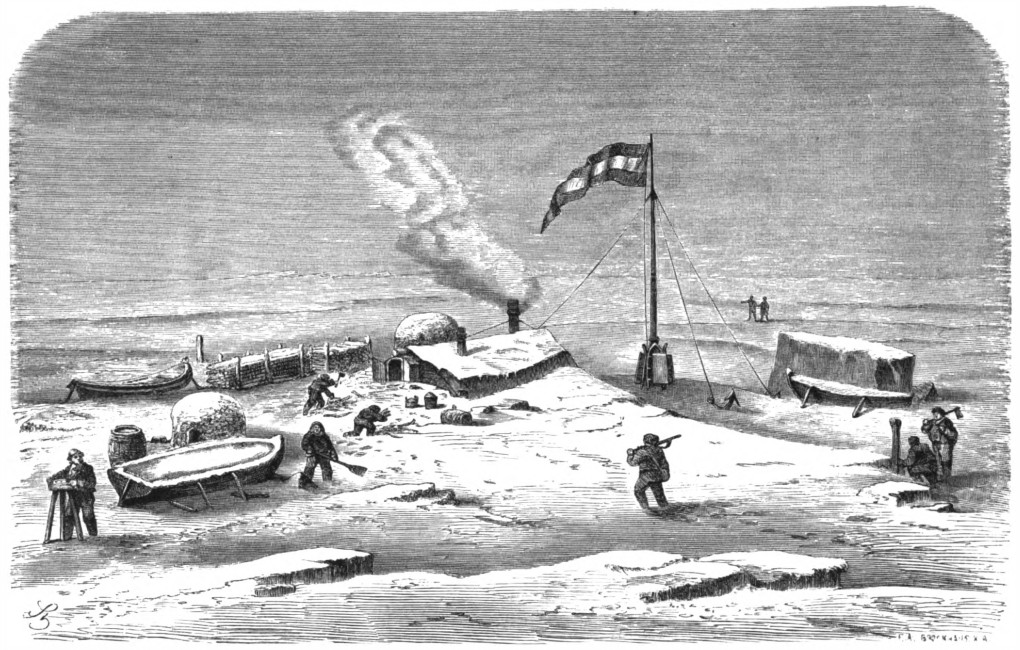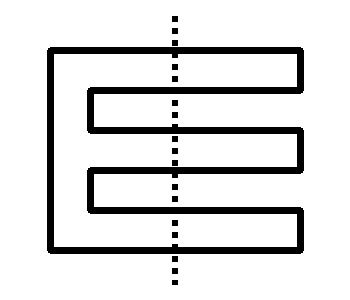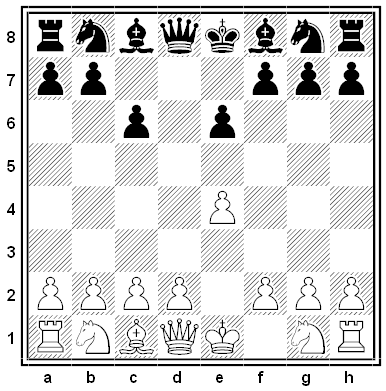What’s the next number in this sequence?
1, 2, 2, 3, 3, 4, 4, 4, 5, 5, 5, 6, 6, 6, 6, 7, 7, 7, 7, 8, 8, 8, 8, 9, 9, 9, 9, …
|
SelectClick for Answer |
The next number is 9. This is Golomb’s sequence, a non-decreasing sequence of integers in which an is the number of times that n occurs in the sequence. We’re given a1 = 1 to start with, and this indicates that the number 1 appears only once in the whole sequence. That means that a2 is greater than 1. Setting a2 to 2 immediately tells us that 2 appears twice in the sequence, so a3 also must be 2. That tells us that 3 occurs twice in the sequence, and so on. In this way each number in the sequence is uniquely determined.
|






